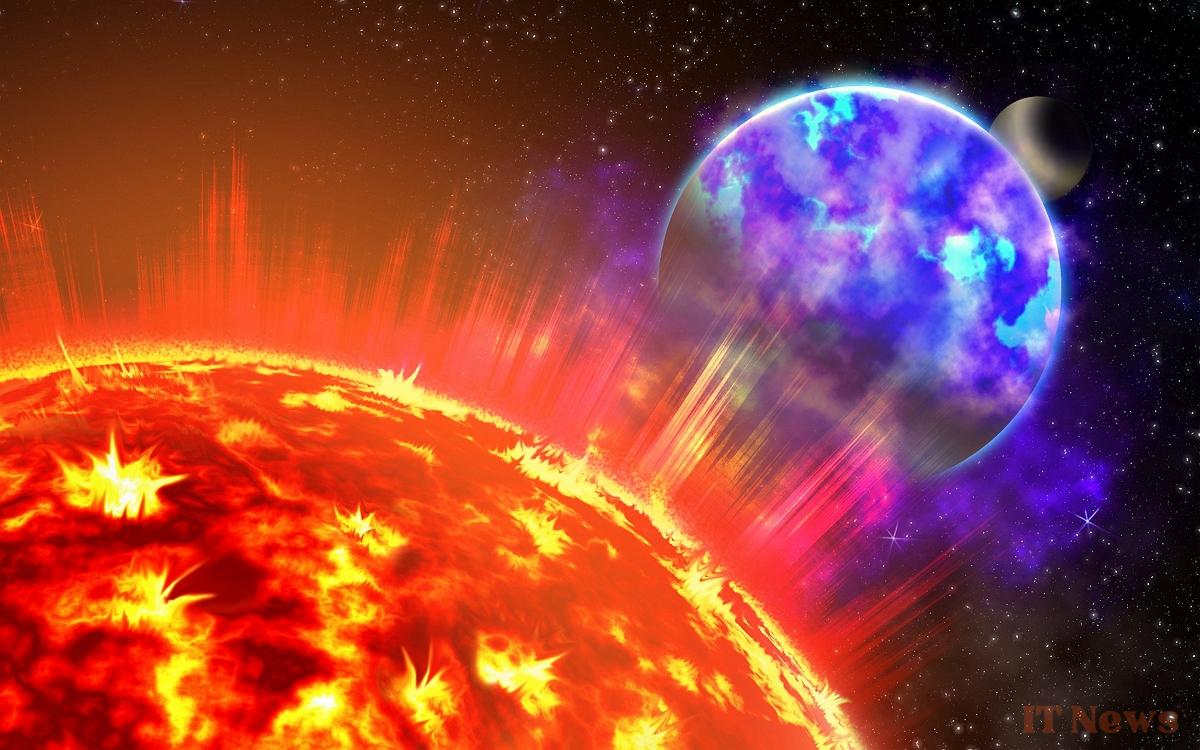Scientists have just discovered traces of a solar storm far more violent than anything previously known. It occurred 14,000 years ago, but such a phenomenon could still strike Earth today. And the consequences would be dramatic.
For several months, the Sun's activity has worried scientists. In February 2025, an X2.0 solar flare caused a temporary radio blackout in the Pacific. This impressive event can be explained by a cyclical phenomenon: the reversal of our star's magnetic poles, which is taking place this year, is accompanied by more frequent and intense storms. Experts fear that other, even more violent flares could disrupt power grids and communications worldwide. But what researchers have just discovered goes beyond all predictions. A study published in Earth and Planetary Science Letters reveals that a massive solar storm hit Earth more than 14,000 years ago, around 12,350 BCE. This phenomenon, known as the Miyake Event, was identified thanks to an anomaly in fossilized tree rings. Analysis shows that this is the most powerful solar storm ever detected.
This 14,000-year-old solar storm could easily happen again today
The researchers used a climate and chemical model developed at the University of Oulu, Finland, to precisely measure the intensity of this ancient storm. The result: it would have been 18% more powerful than the one in 775 AD, previously considered the most extreme. By comparison, this storm would have been 500 times more intense than the one in January 2005, the strongest in modern times. If such an event occurred today, it could cause massive power outages, satellite failures, and long-term disruptions to the internet and mobile networks.
These extreme events remain rare, but their impact would be devastating in a fully connected world. Miyake storms, as they are known, leave traces in trees through radiocarbon spikes. The one identified for the year 12,350 BCE is the first known outside the current climate epoch. This discovery also allows researchers to extend their models to earlier periods and better anticipate the effects of future storms. Because one thing is certain: it's not a question of if, but of when.




0 Comments